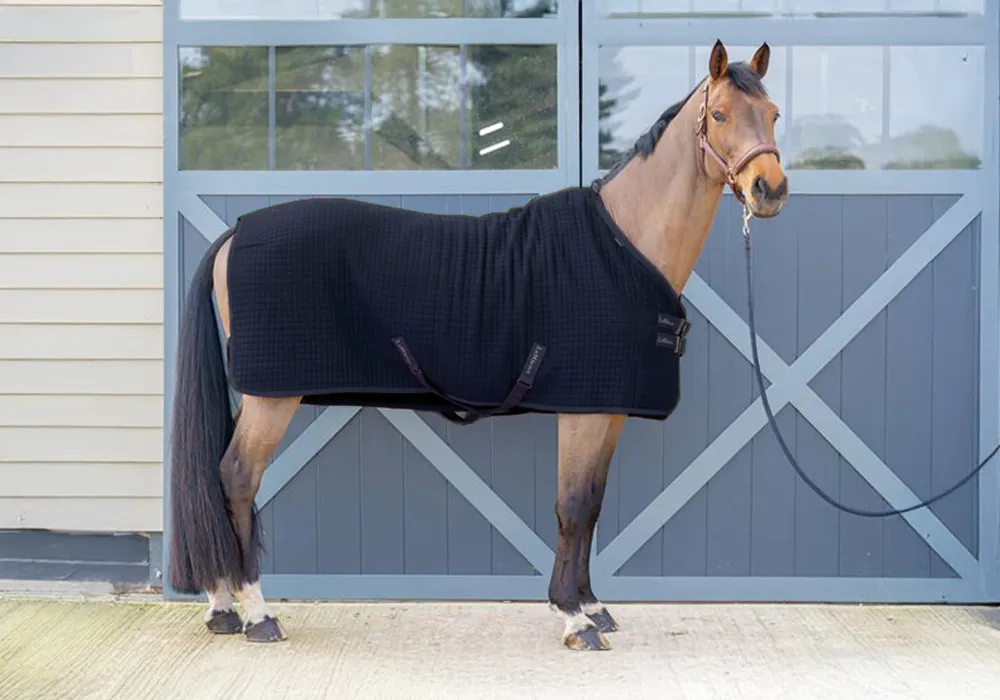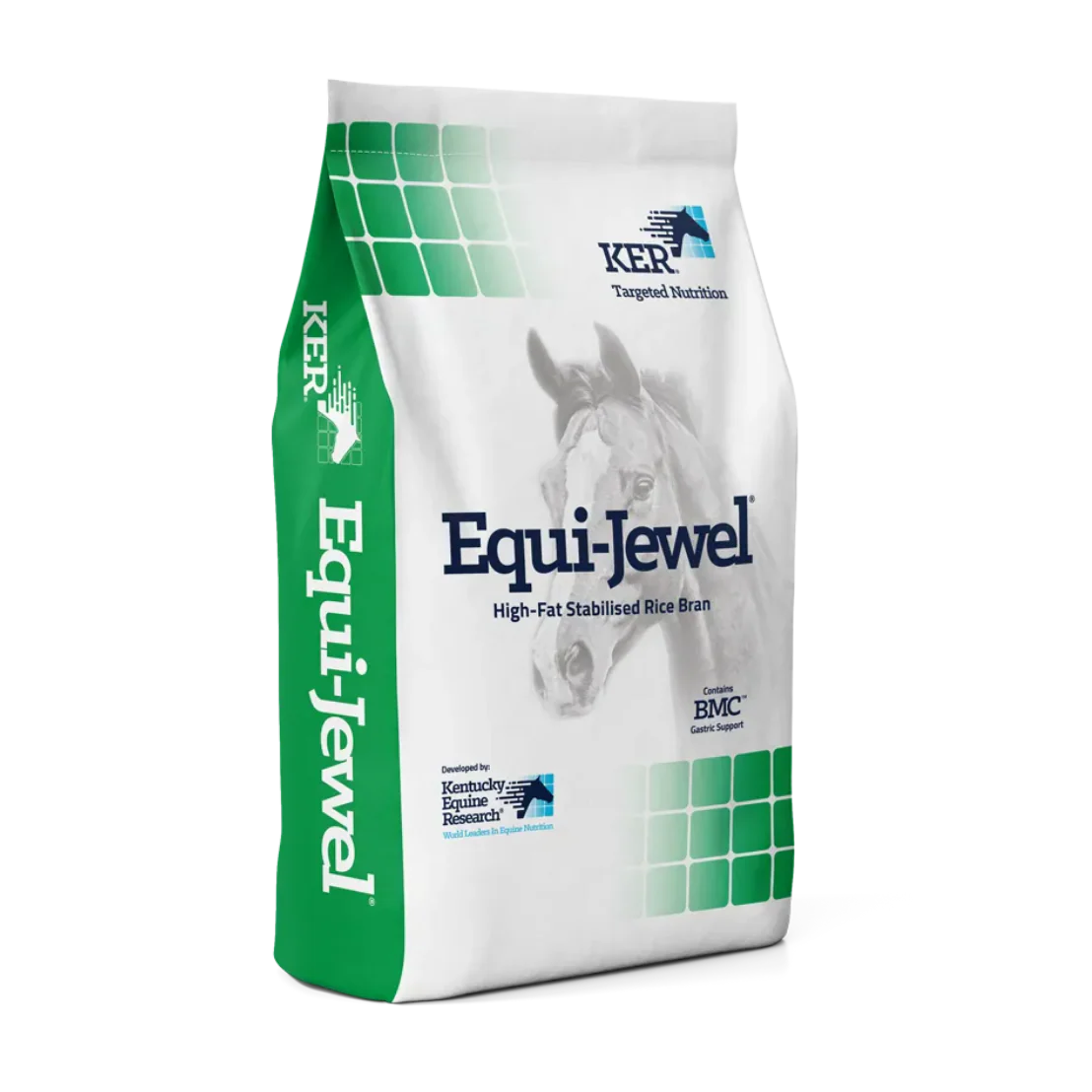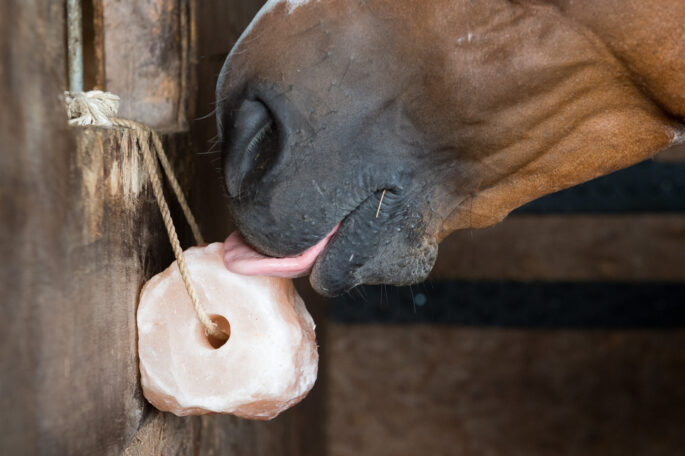NUTRITION ADVICE
Feed with confidence — free, personalised advice from our nutrition team
Free Feed advice

Looking for Feed Advice?
Get tailored nutrition support from our expert team. Complete the form and we’ll review your horse’s details, forage, and workload to create a personalised feed plan.

Equine Nutrition Advice & Insights
Explore expert articles, feeding guides, and case studies — science-led advice to help every horse thrive.
Most-Asked & Must-Read
arrange a visit or call
Request a Yard Visit
Book a visit from a Saracen feed advisor. We’ll assess your forage and rations and provide a practical feed plan.
Request a Call
Tell us about your horse, and we'll call you back to discuss
Nutritional ARTICLES
Case studies

Managing the EMS Pony
Senior Nutritionist, Lizzie Drury, explains what to look out for when managing horses and ponies with equine metabolic syndrome (EMS), based on her own management techniques with her pony Rita, whose body shape illustrates very well where fat pad areas and higher risk areas are.
















